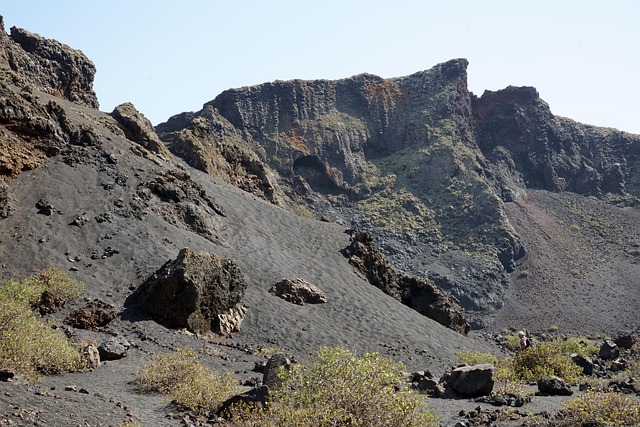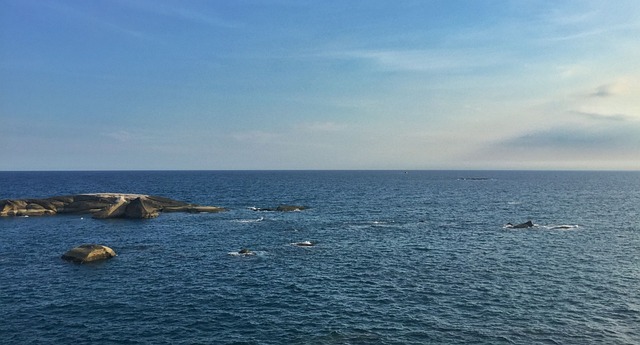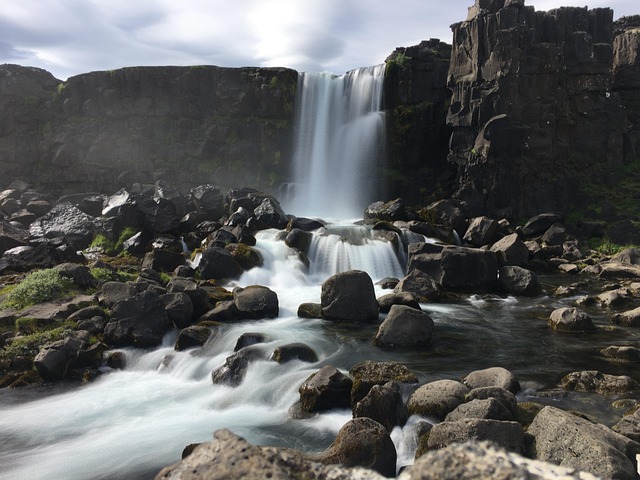
Recording Features of Igneous Rocks
Understanding Igneous Rocks
Igneous rocks are fascinating geological formations that tell us a lot about the Earth’s processes. Formed from the cooling and solidification of magma or lava, these rocks can be classified into two main categories: intrusive and extrusive. Let’s dive into the features that make igneous rocks unique and how they can be recorded for scientific study.
Intrusive vs. Extrusive Igneous Rocks
Intrusive igneous rocks, also known as plutonic rocks, form when magma cools slowly beneath the Earth’s surface. This slow cooling allows large crystals to form, giving these rocks a coarse-grained texture. Common examples include granite and diorite. On the other hand, extrusive igneous rocks, or volcanic rocks, form when lava erupts onto the surface and cools rapidly. This rapid cooling results in a fine-grained texture, as seen in rocks like basalt and pumice. 🌋
Key Features of Igneous Rocks
When recording the features of igneous rocks, geologists focus on several key characteristics:
- Texture: The texture of an igneous rock can vary significantly based on its cooling rate. Coarse-grained textures indicate slow cooling, while fine-grained textures suggest rapid cooling.
- Mineral Composition: The minerals present in the rock can provide insight into its formation environment. For instance, rocks rich in quartz and feldspar are typically associated with continental crust.
- Color: The color of igneous rocks can range from light to dark, often reflecting their mineral content. Light-colored rocks, like granite, are usually rich in silica, while darker rocks, like basalt, contain more iron and magnesium.
- Crystallization: Some igneous rocks exhibit crystallization, forming distinct mineral grains, while others may appear as natural glasses due to rapid cooling.
Recording Techniques
Geologists employ various methods to record and analyze the features of igneous rocks:
- Field Studies: Observations made in the field allow geologists to document the physical characteristics of rocks in their natural settings.
- Thin Section Analysis: By slicing a rock into thin sections and examining them under a microscope, geologists can identify mineral compositions and textures.
- Geochemical Analysis: This involves analyzing the chemical composition of rocks to understand their origins and the processes that formed them.
- Petrographic Studies: These studies focus on the detailed description and classification of rocks, often using a combination of field and laboratory techniques.
Importance of Igneous Rocks
Igneous rocks play a crucial role in understanding the Earth’s geological history. They are often associated with tectonic environments, providing clues about past volcanic activity and plate movements. Additionally, certain igneous rocks host valuable mineral deposits, such as tungsten and uranium, making them significant for economic purposes. 🌍
Conclusion
Recording the features of igneous rocks is essential for geologists seeking to unravel the mysteries of our planet. By examining their textures, mineral compositions, and formation processes, we can gain a deeper appreciation for the dynamic nature of Earth’s geology. Whether you’re a budding geologist or simply curious about the world around you, understanding igneous rocks can be a rewarding journey!

















 ¿Qué es la Genética?
¿Qué es la Genética? 
 Health
Health  Fitness
Fitness  Lifestyle
Lifestyle  Tech
Tech  Travel
Travel  Food
Food  Education
Education  Parenting
Parenting  Career & Work
Career & Work  Hobbies
Hobbies  Wellness
Wellness  Beauty
Beauty  Cars
Cars  Art
Art  Science
Science  Culture
Culture  Books
Books  Music
Music  Movies
Movies  Gaming
Gaming  Sports
Sports  Nature
Nature  Home & Garden
Home & Garden  Business & Finance
Business & Finance  Relationships
Relationships  Pets
Pets  Shopping
Shopping  Mindset & Inspiration
Mindset & Inspiration  Environment
Environment  Gadgets
Gadgets  Politics
Politics 